When I’ve shot 6×7 cameras in the past, I’ve found them clunky and unwieldy. Think back to the Mamiya Universal and RB67. Even the Bronica GS-1 which is better than most. None of these cameras had the style and handling of the Pentax 67II. Now the 67II fixes what I would see as problems with the 6×7 and 67. This camera is a traditional 35mm SLR on steroids and is worthy of the description. There are some cameras that I enjoy instantly, and this camera certainly ranks among those. Thanks to James Lee for loaning out this beauty.
Camera Specifications
Make: Pentax
Model: 67II
Type: Single Lens Reflex
Format: Medium Format (120/220), 6×7
Lens: Interchangeable, Pentax 67 Mount (Dual Bayonet)
Shutter: Electronic Horizontal Focal Plane Shutter, 30″ – 1/1000″ (Auto), 4″ – 1/1000″ (Manual) + Bulb
Meter: TTL Six-Segment Averaging (Matrix) meter, EV2 ~ EV21 @ ASA-100, ASA-6 – ASA-6400
Year of Manufacture: 1998-2009

Background
One of the more interesting tidbits of history with the Pentax 67 line is that development started in 1960. The problem was that so much photographic technology during the decade continued to evolve. So developmental delays and camera specifications kept changing; the two most significant changes from the initial design to the prototype were the ability to use 220 films and an electronic shutter. The Pentax 220 became available in 1964, and Ashai presented it to the world at 1966’s Photokina event. Originally known as the Pentax 220, the camera could only use the 220 format film and shot these in 6×7, giving the photographer twenty shots per roll. One thing that set the Pentax 220 apart from other cameras is that it took the idea of a traditional SLR but super-sized the format. They also modified the conventional K-Mount by increasing the size and giving the camera two mounts. The inner mount supported the 35-300mm lenses, while the outer mount supported the 400-1000mm lenses. When the camera hit the wider market in 1969, a few more changes had polished off the camera. The name changed to Pentax 6×7, allowing it to use 120 and 220 film formats. It also allowed the camera to become a full system camera, with interchangeable lenses and prism finders, including a TTL metered prism, not to mention a wide range of accessories to improve the handling. The camera was utterly dependent on batteries, initially using a mercury cell and those made after 1971 using modern silver-oxide cells. Despite being well-received, the camera had one weak point, the aperture linkage chain, which, if a lens or prism is dismounted incorrectly, undue stress will break. It also suffered from a lack of a mirror lock and a heavy mirror slap when working on a tripod. In 1976, the 6×7 Mirror-Lock-Up (MLU); while the camera remained unchanged, the new MLU feature improved its usability. Ashai even offered up a retrofitting service for older bodies. The third update came in 1986 with the Pentax 67. Pentax dropped the Ashai name from the front plate, the first and most visible change. Another update to the 67 is using better materials and easier-to-handle controls. Pentax strengthened the coupling chain and a new TTL meter with a Silicon Photo Diode. Despite this, the handling of the 67 remained the same and required either an accessory or, in cases today, a 3D-printed hand grip. The problem remained that even with the improvements made to the 67, it remained a camera of an earlier generation; despite being battery dependent from day one, most of the technology that drove the camera remained rooted in the 1970s. That changed in 1998 with the Pentax 67II; while the previous updates were building on the existing camera, the 67II was a brand-new beast. The camera featured a new modern look and feel in material construction, making it considerably lighter than the previous three versions. A hand grip on the right side with the shutter button is there to match SLRs’ new modern design ethos. It also took the current CR123A cells, a pair of them, for power. It retained the same dual-bayonet mount and was fully compatible with all previous lenses. It did not bother with autofocus and finally did away with a physical linkage with the TTL prism. And the new prism had some modern tricks up its sleeve, being able to meter in spot, centre-weighted, and average mode. An LCD screen handles the frame counter rather than a physical counter, and you can run the camera in semi-automatic aperture priority mode. Production of both the Pentax 67II and Pentax 645NII ended in 2009.
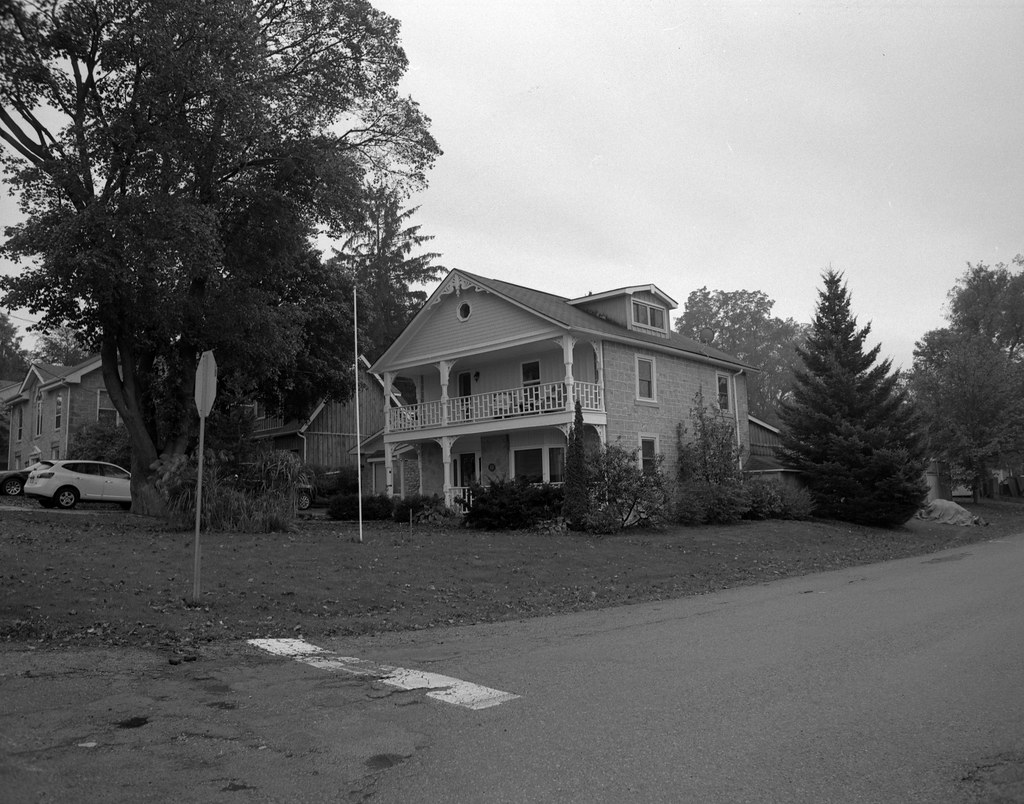
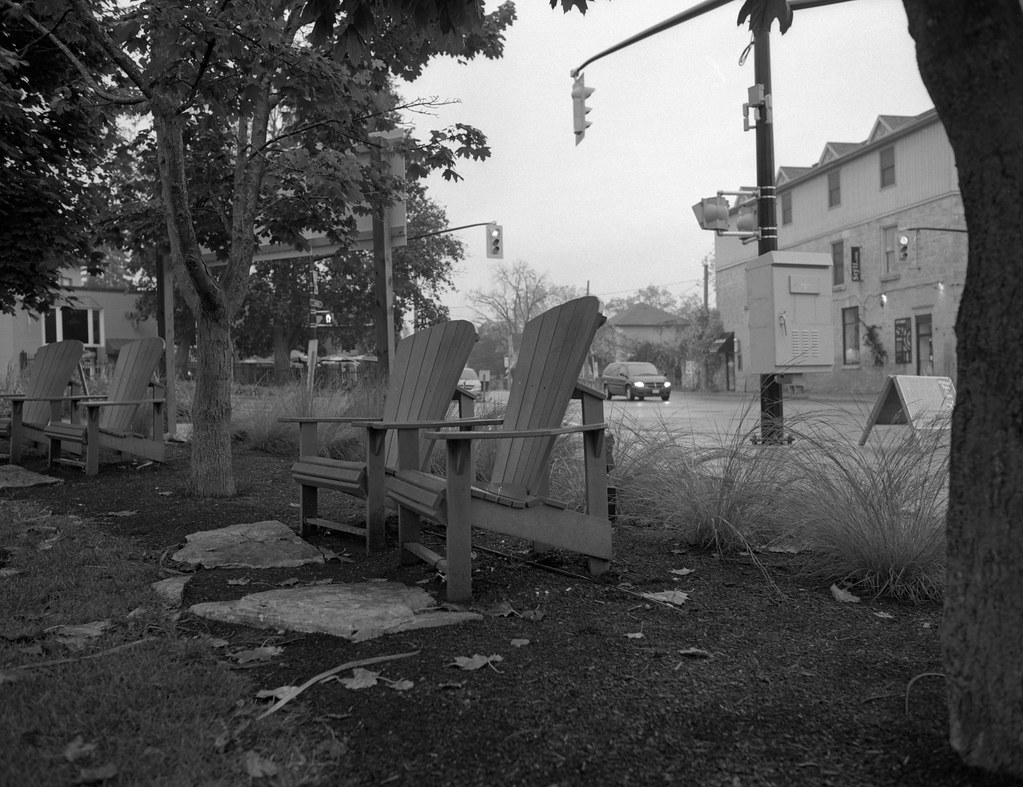


Impressions
Having looked at and worked with a couple of the other Pentax 67 cameras, the 67II is probably the best of all the series, and it comes down to ergonomics. The first thing you notice with the camera is its oversized nature, so it gives off the appearance of a 1990s SLR that has been scaled up for the 120/220 and the 6×7 frame size. The camera is well laid out, with a tonne of control surfaces, all within easy reach, and if you’re familiar with any SLR, you can easily pick up and use the 67II. Despite the size and weight, it’s easy to handle and can be carried around with a good strap. It does take up a bit of extra space in your camera bag. The viewfinder is brilliant with all the information you’re looking for for a camera of the era. There’s plenty of feedback from the control surfaces, and the shutter has a massive sound with a big mirror slap. Thankfully, that handgrip integrated into the camera body does help keep things steady more than the wooden grip.
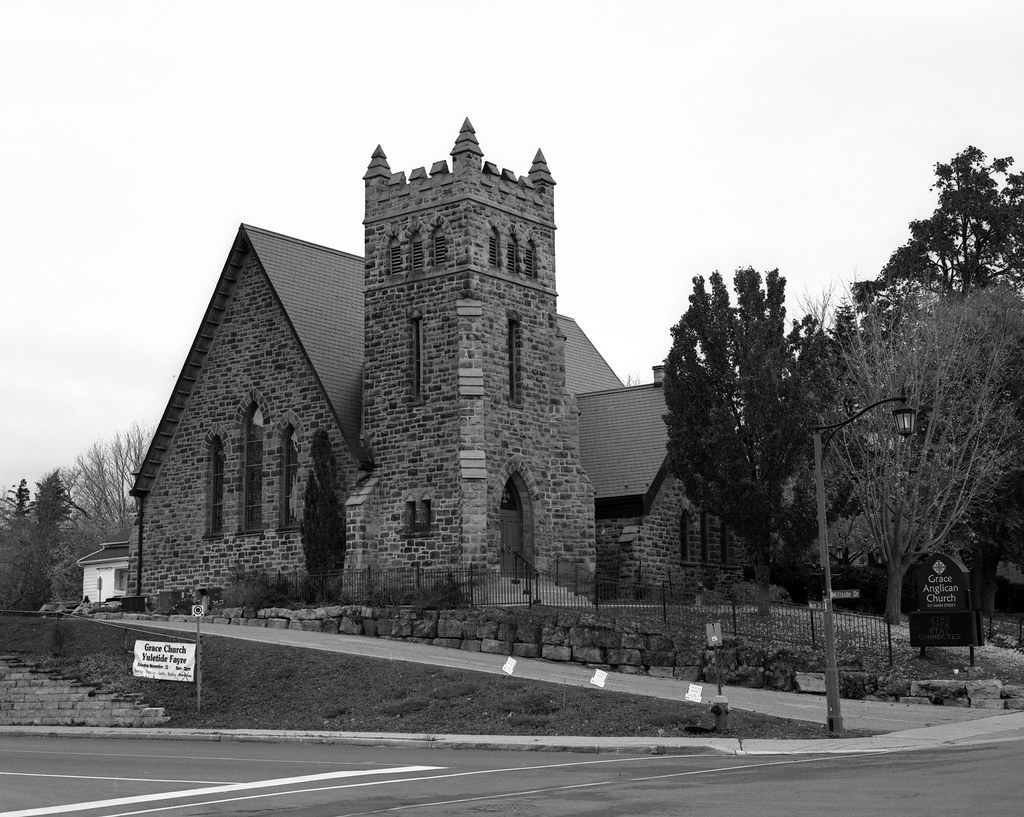


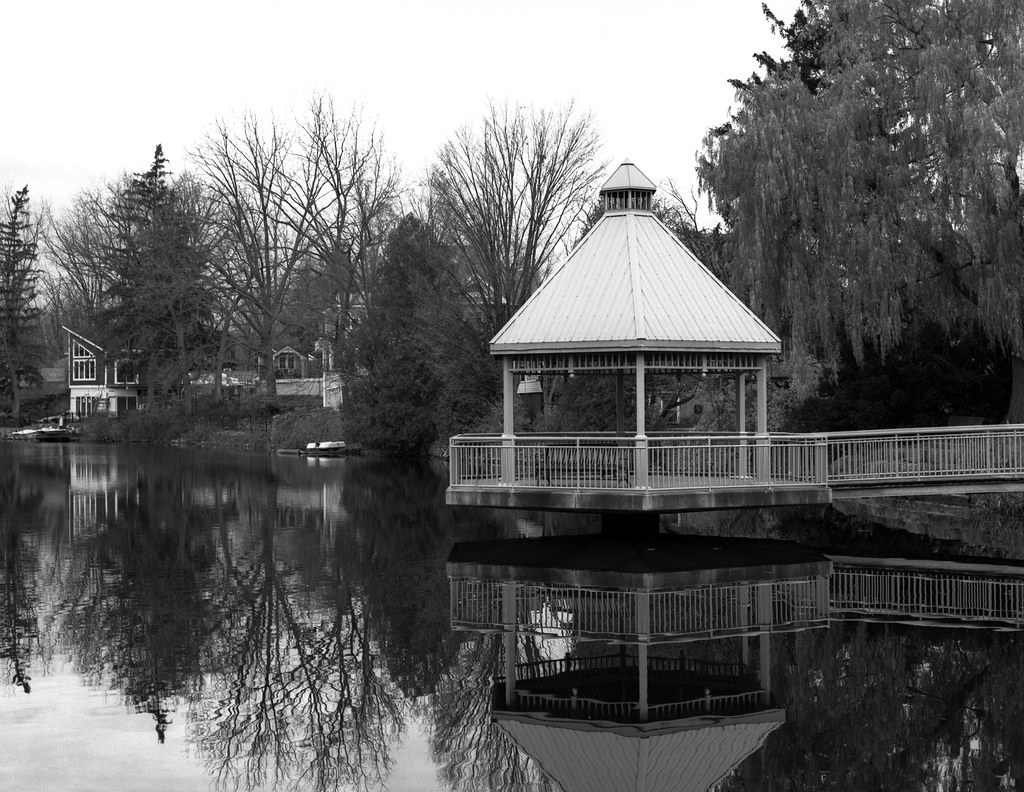
Experience
If you’ve used previous versions of the Pentax 67 line, then the Pentax 67II will be fresh air. Due to the oversized nature of the camera, the original versions have little ergonomics. The Pentax 67II is genuinely a camera of the 1990s, and Pentax’s designers certainly looked at the direction most SLRs were taking. Gone is the boxy nature with little in the way of ergonomics. The new 67II fits perfectly in your hand, and while it is not a lightweight camera, it certainly doesn’t stress you out if you’re carrying it around for a day. Now, this also depends on the lens you’re using; of the three I used, the 55mm f/3.5 is undoubtedly the heaviest, and the 100mm f/4 macro is one of the lighter ones. The controls are well laid out, and in familiar places, the viewfinder is big and bright, and even without a split prism, focusing is smooth and quickly done, and plenty of information is displayed. The one thing I miss having in the viewfinder is a space to see the lens’s aperture, which might make life easier when trying to adjust the exposure. The film advance has a lengthy throw, so you won’t be firing through shots quickly, but the bonus is a single advance rather than a double. The 67II has the perfect blend of old and new technologies. If you’re shooting for print work, the big 6×7 negative is exactly what you’re looking for, as it is the same ratio as a standard 8×10 size.
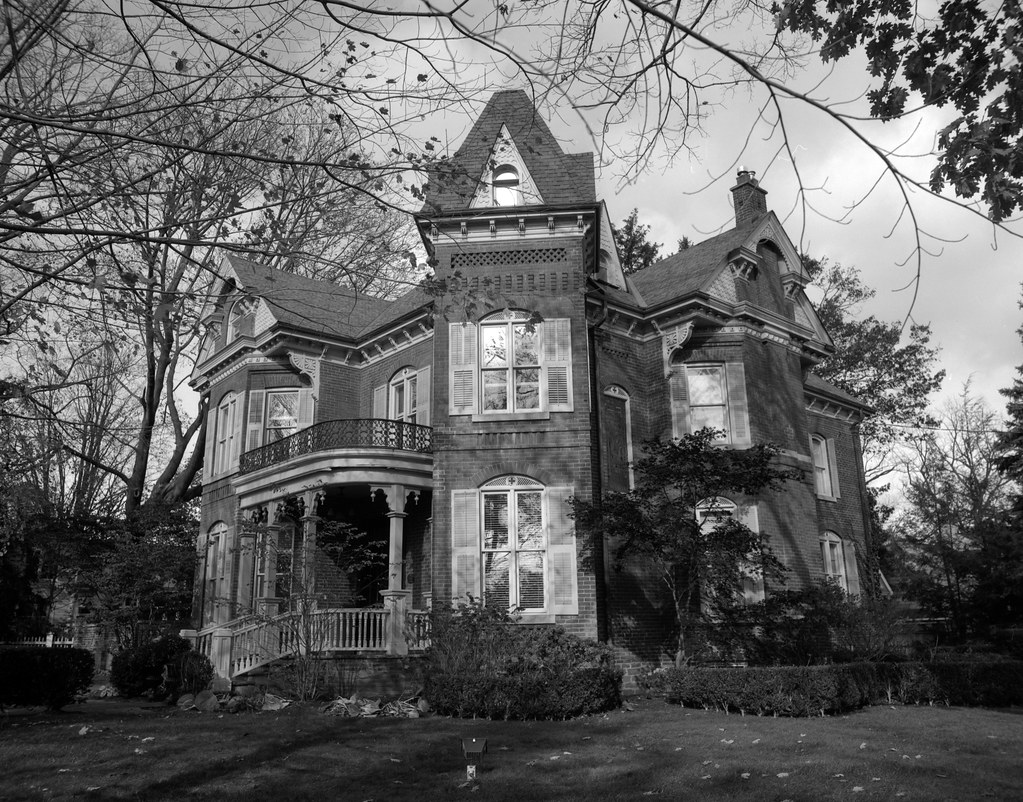


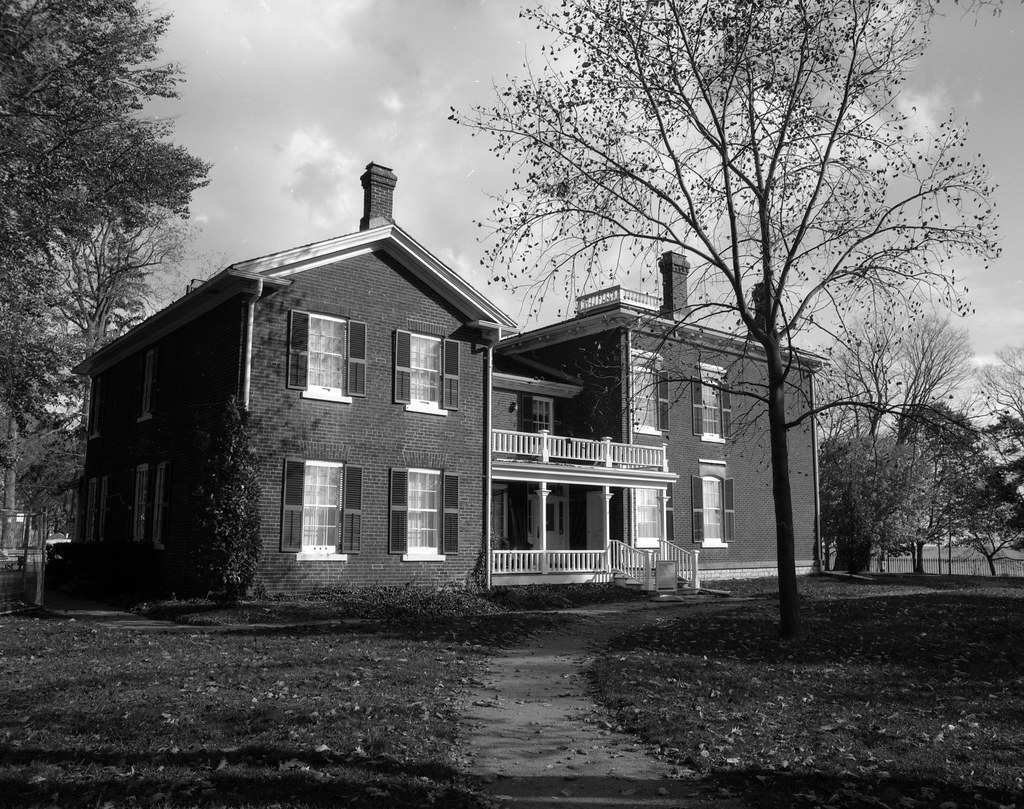
Optics
One of the best parts about the Pentax 67 system is that it uses the legendary Takumar optics. There have been three different lens groups released in the 67 mountings. The first generation of lenses came out in 1969; these were labelled Super Takumar, ranged from 55mm to 800mm, and even included a 35mm fish-eye lens. In 1971 the second generation Super-Multi-Coated Takumars ran from 55mm to 1000mm and had that 35mm fish-eye lens. The first batch of SMC lenses came out in 1980 with a 45mm to 800mm, including a 75mm shift lens, 120mm soft focus, 135mm Macro, and a 165mm lens with a leaf shutter. A final batch of SMC lenses came out in the 1990s and updated the entire lineup from 45mm to 1000mm. But you cannot talk about the 67 lens lineup without talking about the legendary 105mm f/2.4; this is one of the most desirable lenses in the entire catalogue and is available in all three generations of lenses. And the best part is that the lenses are cross-compatible through all four camera versions. If you’re looking for a good starter kit, the 55mm f/3.5 and 105mm f/2.4 in either the Super-Multi-Coated or SMC version will give you a solid foundation.
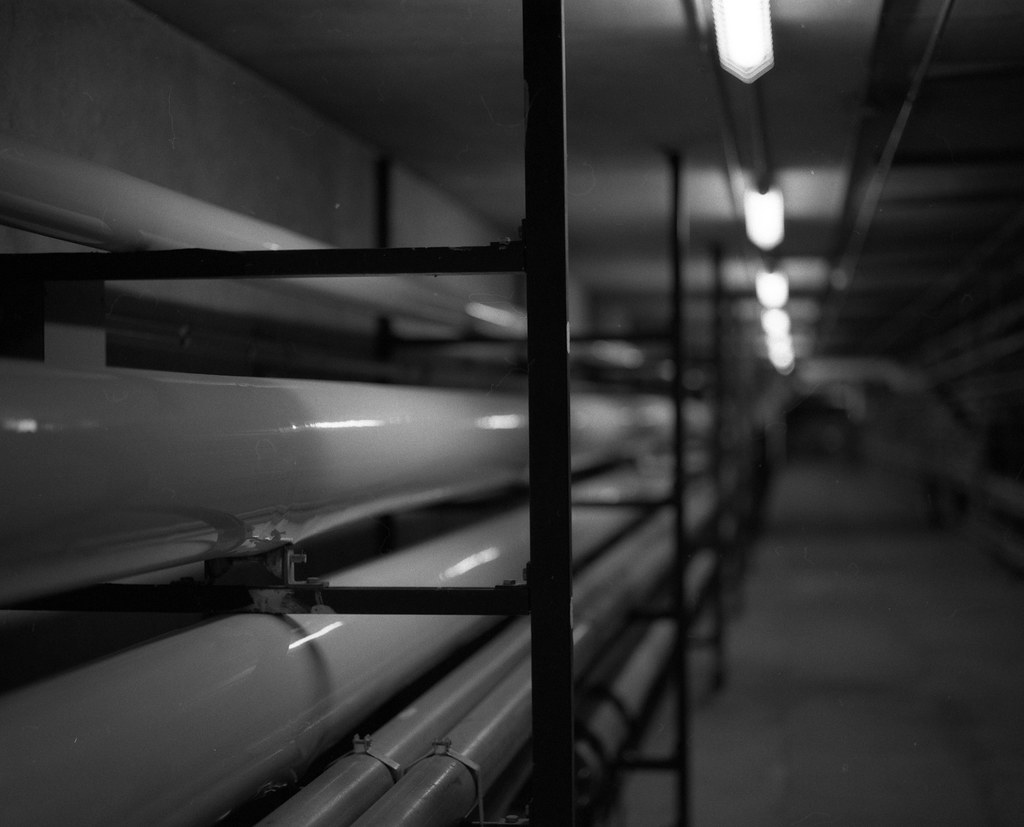

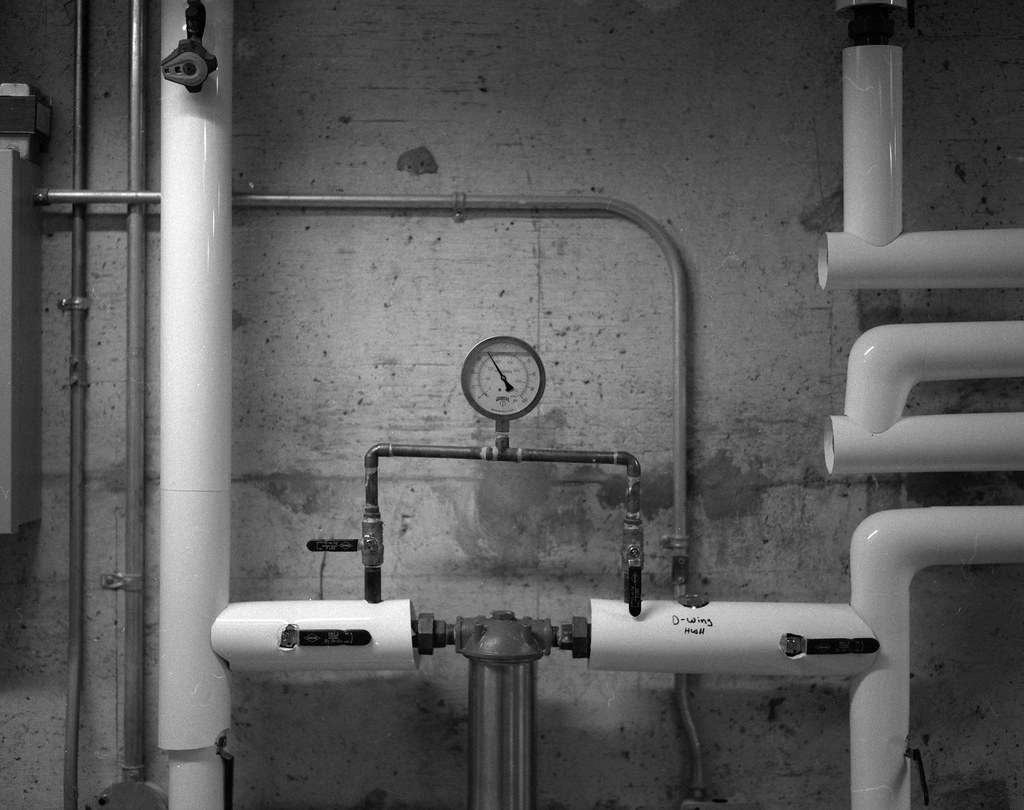

The Lowdown
The Pentax 67II is a dangerous camera; if you’re a photographer of a certain type, you will take to this camera right away. It’s an intelligent system with lots to offer any photographer who loves their traditional SLRs but wants something bigger. Most medium format cameras that are SLRs fall into the box category for lack of a better descriptor. We’re talking about the Mamiya RB/RZ/645, Hasselblad and Bronica. And while Pentax certainly could have gone along that tangent, given they had the foundation in the Pentax 645. Yet, Pentax went with the look of an oversized SLR. This means that you can be comfortable working with these devices. Plus, they come with that big 6×7 negative, which is the perfect match for print work as the ratio is the same as 8×10. And this is a camera that feels at home both in the field and in the studio. Of course, this does come with a price tag, most cameras on the used market come with at least one lens, and prices are 3000-5000 dollars, and some are in the price range and don’t have a lens attached. But you could also get lucky and pick up a camera and three lenses for about 5000. But after reshooting it, I can see the value of such a camera if I needed to replace all my medium format gear with a single system.
Further Reading
Please don’t take my word on the Pentax 67II; check out these other reviews from fellow amazing film photographers!
Kyle McDougall – Pentax 67II Review
Shutterbug – New Pentax 67II Medium Format Camera Review
The Luminous Landscape – Pentax 67II Review
James Tang Photography – Pentax 67II Quick Review

1 Comment